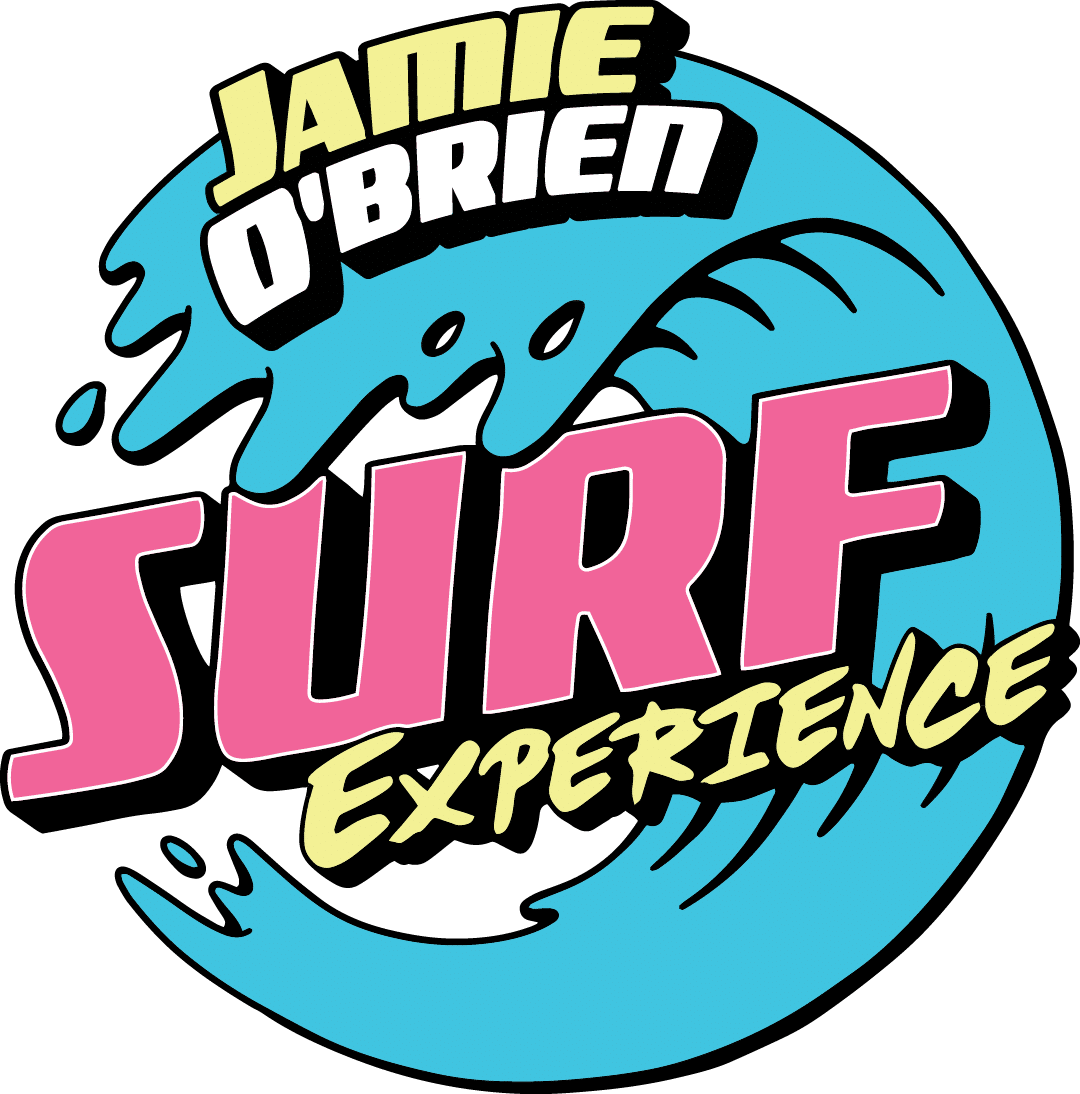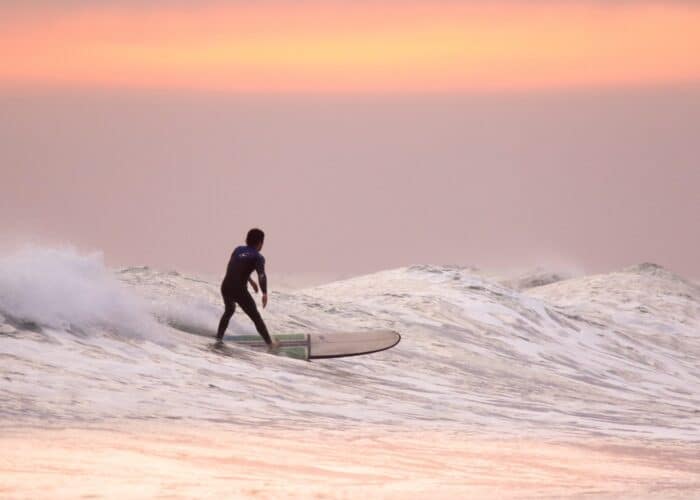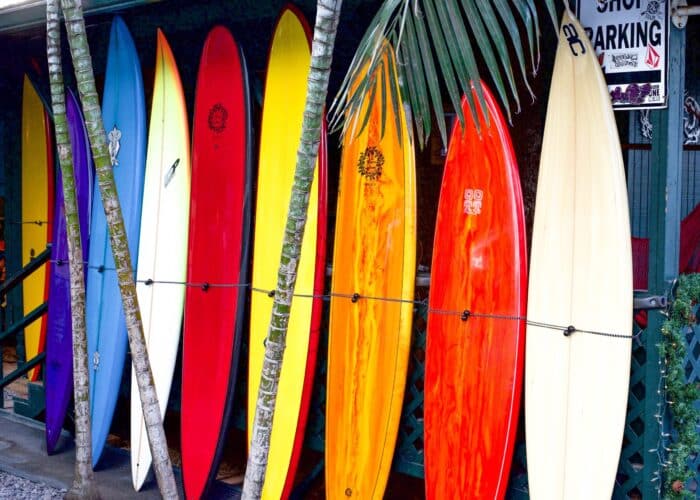
At our Oahu surf school, we teach our students to ride their first waves in the gentle waters of Turtle Bay on the North Shore. You may not be able to tell by looking at the waves our students surf, but just down the road breaks one of the most ferocious waves on the planet, Banzai Pipeline. Pipeline and other waves of consequence are ridden by the top 1% of the world’s surfers and take surfing to a whole new level. These monster waves are created by a combination of massive open ocean swells and specific underwater topography that causes the ocean to morph into petrifying and beautiful breaking waves. For The JOB Surf Experience Guide to The Most Dangerous Waves on the Planet, continue reading below.
Banzai Pipeline (North Shore Oahu, Hawaii)
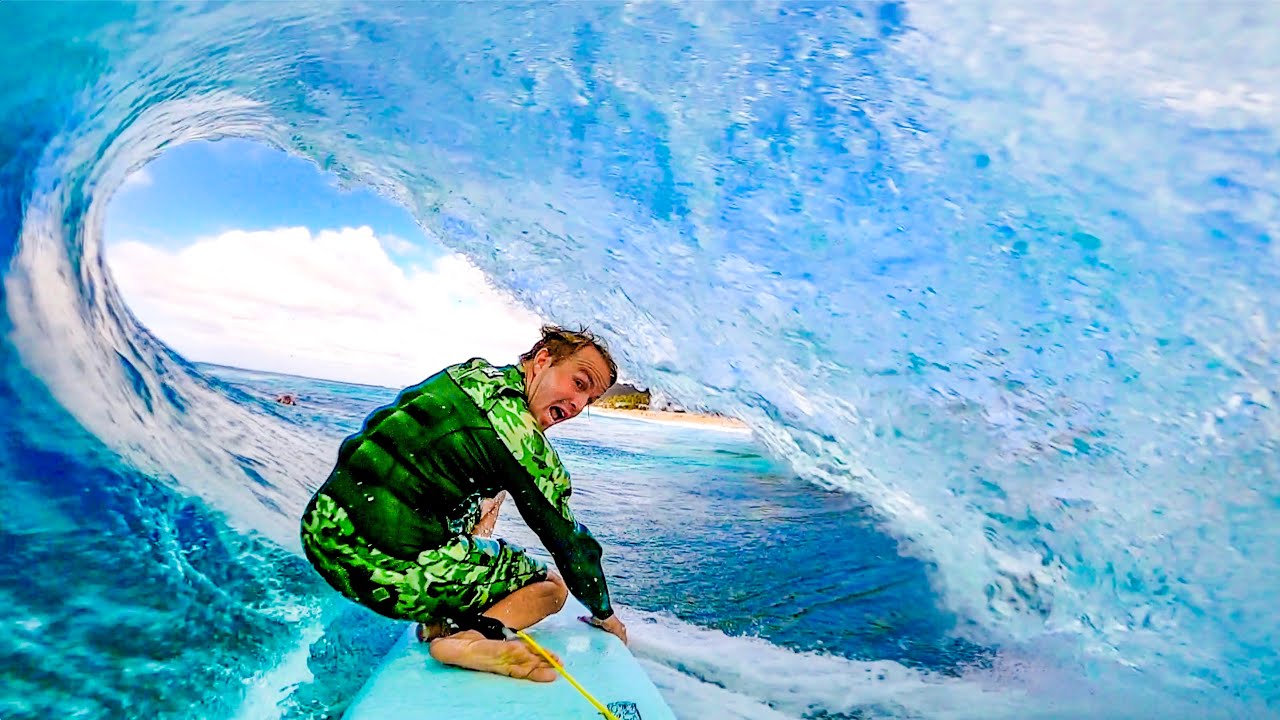
Banzai Pipeline may not always fall under the “big wave” category, but it holds the crown as the world’s most dangerous wave. The wave at Pipeline travels thousands of miles as open ocean swell before it collides with the relatively shallow limestone reef right in front of the beach. The resulting wave is hollow, fast-breaking, and heavy-lipped. The ferocity of the wave combined with the dangerous, omnipresent reef creates one of the deadliest scenarios in surfing. Essentially, if you don’t make the drop, you risk colliding with the reef. Beyond being rock hard and razor-sharp in places, the reef at Pipe also has plenty of nooks and crannies, where surfers can be trapped underwater or snag their leash.
Nazaré (Nazaré, Portugal)
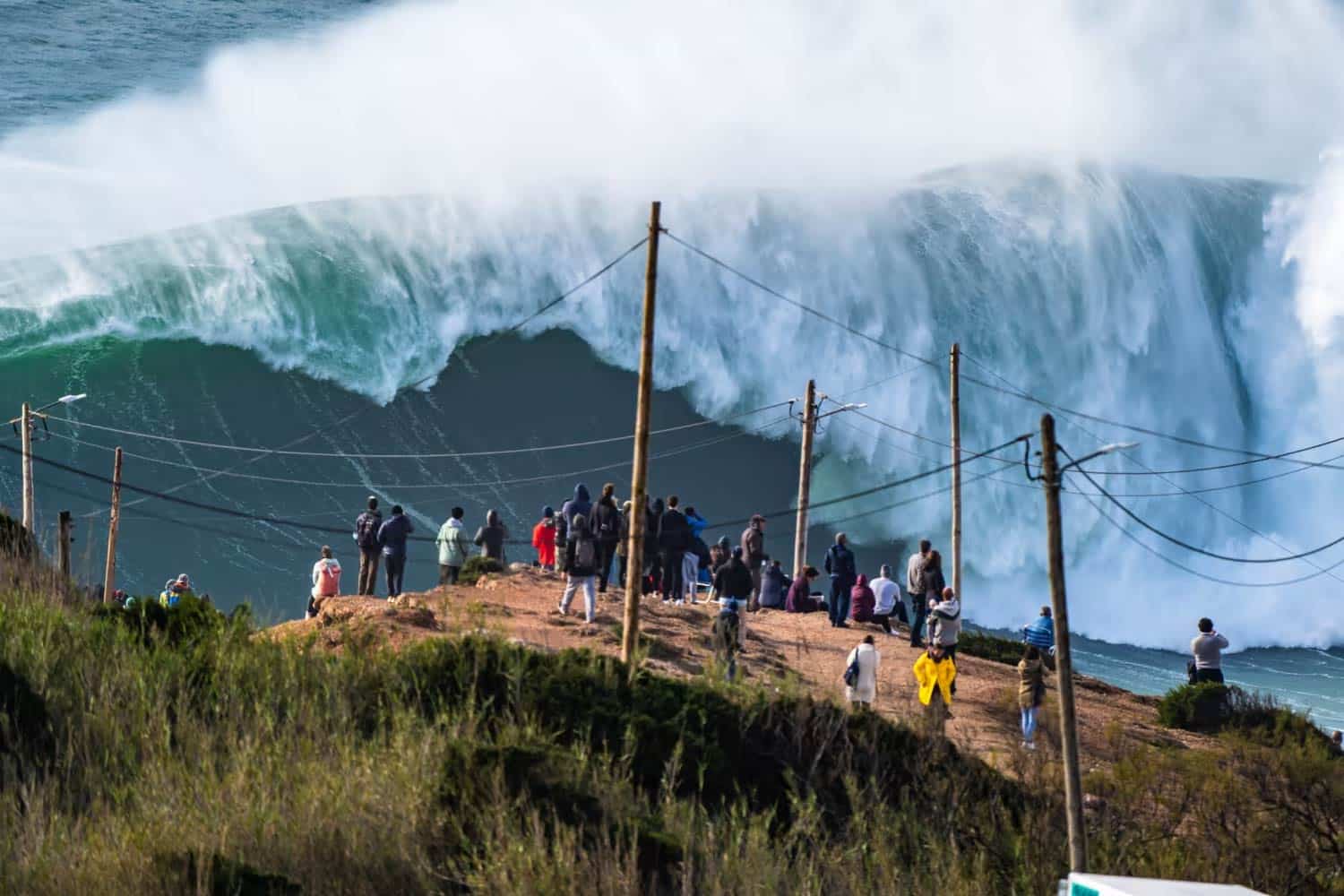
Nazaré produces the world’s largest surf that breaks directly into a cliff in Northern Portugal. Thanks to an over 3-mile-deep underwater canyon that funnels and magnifies swell as they approach the Portuguese coast, the wave at Nazaré has captivated the globe as one of the world’s largest and most dangerous waves. Nazaré went unridden until 2011, when Garrett McNamara towed the first wave at Nazaré after months of studying the wave and creating a state-of-the-art safety protocol for getting surfers out of the impact zone.
Peahi/ Jaws (Maui, Hawaii)
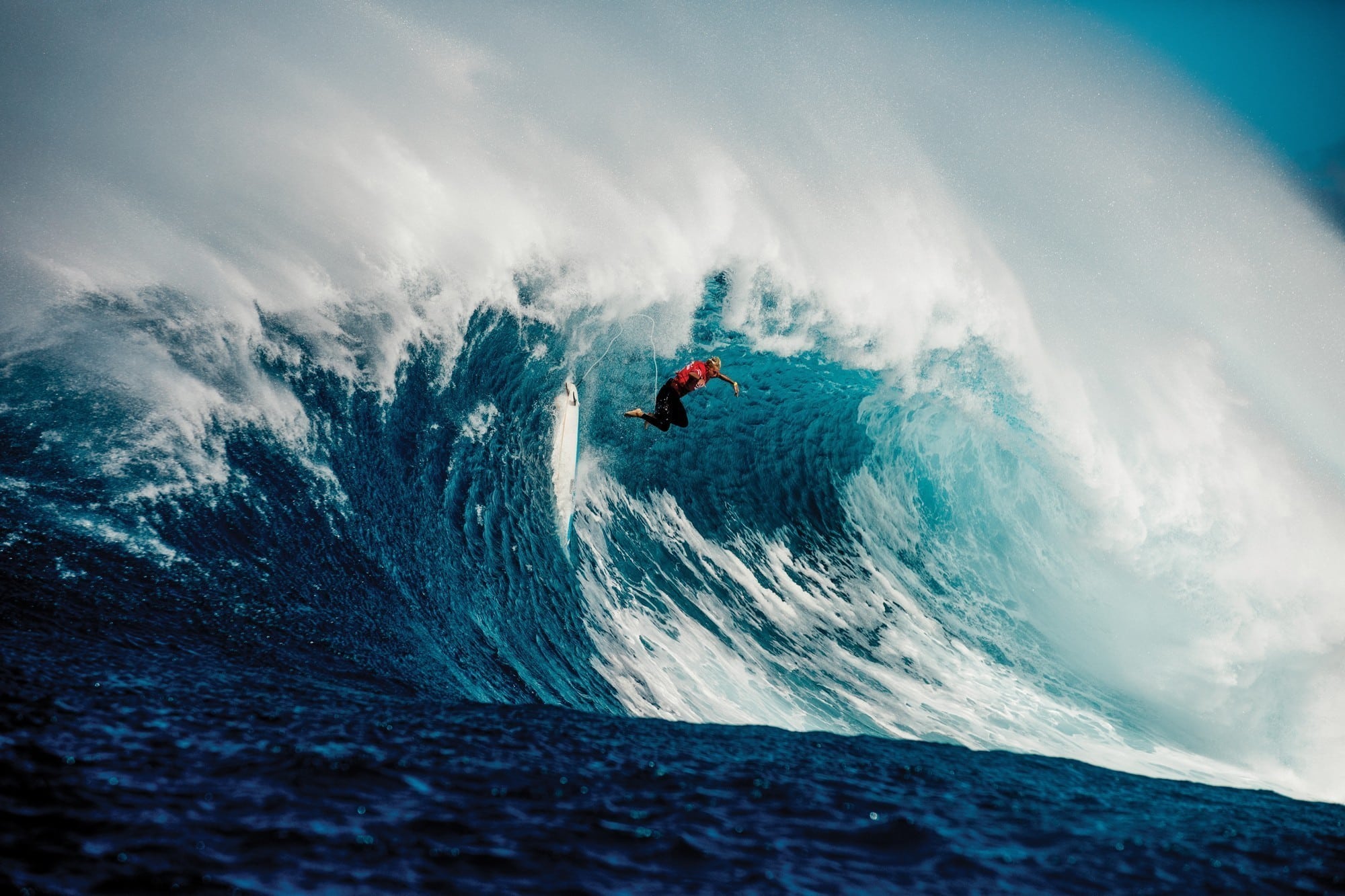
Located off the coast of Maui, Jaws, like Nazaré, was previously thought to be too big to surf. While the wave was first surfed in 1975 by local Maui surfers John Lemus, John Potterick, and John Roberson, it went largely unridden until the invention of tow-in surfing. Jaws rose quickly to fame in the 1990s when legendary waterman Laird Hamilton and the Strapped Crew invented tow-in surfing and showcased the viciousness of Jaws in all its glory. Today, Jaws is the home of one of the most coveted big wave contests.
Ship Stern Bluff (Tasmania, Australia)
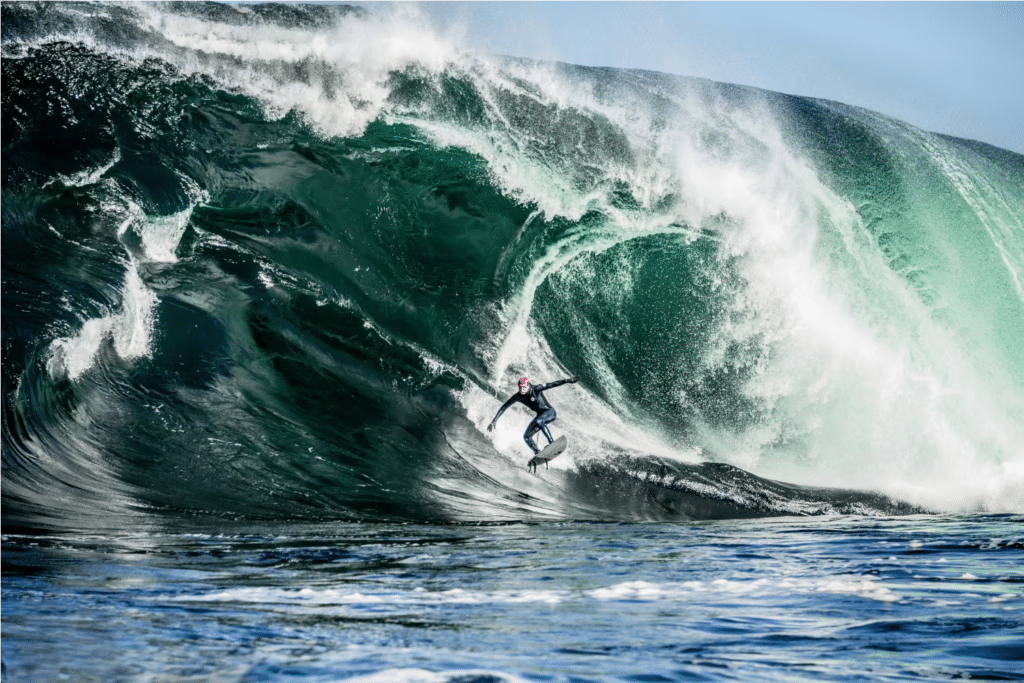
Ship Stern Bluff may be number four on our list of most dangerous waves, but it’s perhaps the most terrifying-looking wave on the planet. Located off the coast of Tasmania, Shipstern’s is a mutant slab that breaks below sea level on a shallow reef shelf. What makes this wave so dangerous is “the step,” a ledge that forms in the wave’s face and forces surfers to freefall mid-ride. If the wave wasn’t dangerous enough, Ship Stern’s location in the Tasmanian is frequently visited by Great Whites.
Teahupo’o (Tahiti, French Polynesia)

Like Ship Stern Bluff, Teahupo’o, located off the coast of a tiny Tahitian town, breaks far under sea level with a heavy lip. Teahupo’o is a meaty left-hander that breaks across a shallow, lively reef. While the wave looks especially grotesque at size, as it appears to fold in half over surfers, it is also dangerous when it’s small, thanks to the sharp coral reef hiding just below the surface of the topical water.
The gentle waves at our North Shore Surf School’s home break, Turtle Bay, stand in stark contrast to the most dangerous waves on the planet. Turtle Bay offers surfers, gentle, beginner-friendly waves that are ideal for progression. Book your stay at Turtle Bay Resort to stay close to the action on the North Shore and our Oahu Surf School.
